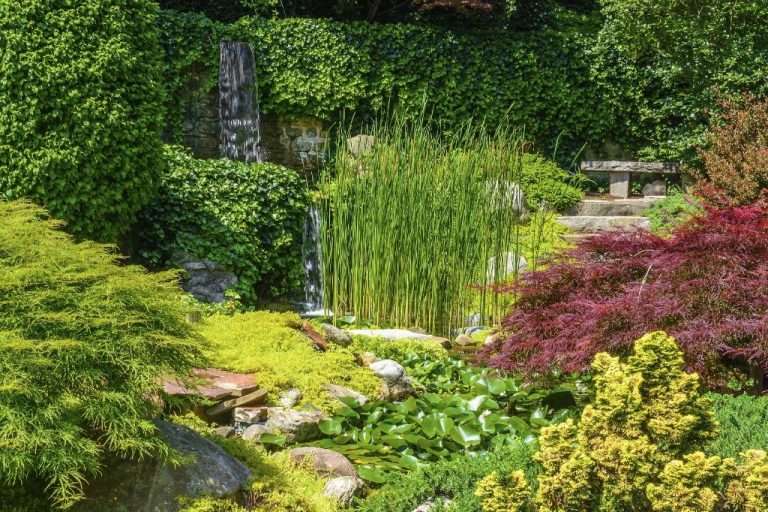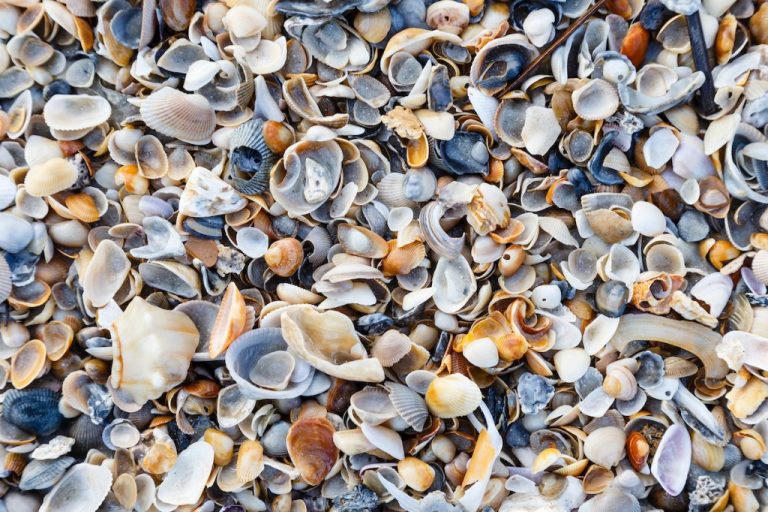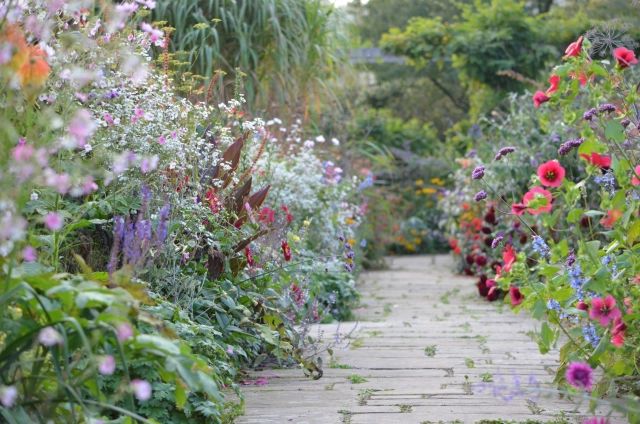Garden Design For All Seasons: Year-Round Beauty
Introduction
This article will provide an overview of how to design an attractive garden that incorporates elements to enhance beauty across all four seasons. We will examine key considerations for garden design in spring, summer, fall and winter. Additionally, we will explore important year-round design components like plant choices, hardscaping, and lighting that can extend interest across the seasons. The goal is to give readers ideas and inspiration to create an outdoor space filled with color, texture, shapes and beauty no matter what time of year.
Spring
Spring is a time of renewal and rebirth in the garden. As temperatures warm and days lengthen, it’s time to prepare your garden beds, plant flowers, and perform maintenance to ensure a beautiful space all season long.
Some key tips for spring garden care include clearing away debris from beds and lawns, looking for any damage after winter, checking for thatch buildup in lawns, weeding garden beds, and applying pre-emergent weed control (Miller Lawn Maintenance). It’s also important to be aware of your frost zone and planting times so tender plants aren’t damaged by late frosts.
Spring is the perfect time to plant colorful annuals and perennials. Choose varieties that bloom in spring and early summer like tulips, daffodils, pansies, snapdragons, and phlox. Herb gardens also thrive when planted in spring. Maintain flower beds by weeding, fertilizing, and deadheading spent blooms.
For flowering trees and shrubs like lilacs, azaleas, and rhododendrons, spring is the time for dramatic blooms. Prune immediately after flowering is complete. Overall, focus on cleaning up beds, laying fresh mulch, and preparing for the bounty of summer.
Summer
Summer brings hot and dry weather, which can be challenging for plants and gardens. Proper watering is crucial during the summer to keep plants healthy. Water gardens deeply and less frequently, such as 1-2 times per week, to encourage deep root growth. Adding mulch can also help retain moisture (source).
Choose heat-tolerant plants that can withstand summer heat and drought. Some options include pentas, lantana, verbena, sedum, gaillardia, and cosmos. Focus on native plants adapted to summer in your hardiness zone (source).
Providing ample shade is important for gardens in summer. Add shade structures, trees, or shade plants to give relief from the hot sun. Focus shade in areas for sitting, play spaces, or around plants that need relief.
Fall
Fall is a beautiful time of year for the garden with foliage transforming into stunning reds, oranges, and yellows. To enhance fall interest, incorporate plants with great fall color like maples, viburnums, and sumacs into your garden design (1). You can also add pops of late season color by planting fall blooming perennials like asters, chrysanthemums, and sedums. To prepare your garden for winter, early fall is the ideal time for planting spring flowering bulbs like tulips, daffodils, and crocuses. The soil is still warm enough for root establishment but cool enough to mimic the winter chill most bulbs need (2). Other important fall garden tasks include pruning shrubs and trees once they go dormant and cutting back dead growth to make room for spring sprouts as well as removing diseased foliage which can harbor pests.
Sources:
(1) https://www.homedepot.com/c/ai/fall-landscaping-tips/9ba683603be9fa5395fab903862f134
(2) https://ginghamgardens.com/fall-landscaping-tips/
Winter
While many plants go dormant in winter, there are still ways to create an attractive winter landscape. Focus on evergreens like pine, fir, and spruce trees which maintain their foliage year-round. Evergreens provide structure and greenery during the winter months. Plant evergreen shrubs like boxwood, holly, and juniper for pops of color.
Hardscapes are key for winter interest. Materials like stone, brick, and pavers hold up to cold temperatures and snow. Add hardscaping elements like patios, walkways, and retaining walls. A fire pit or chiminea surrounded by stone creates a cozy gathering spot. Water features that incorporate rocks or stone look beautiful when frozen over. Mulch planted beds with a fresh layer of shredded bark or wood chips to protect roots and give a tidy look when plants die back. Refer to 10 Winter Landscaping Ideas to Spruce Up Your Outdoor Space and 5 Winter Landscaping Ideas for more winter landscaping tips focusing on evergreens, hardscapes, and mulching.
Year-Round Design Elements
Certain design elements can provide structure and interest in the garden year-round. Carefully chosen trees and shrubs provide multi-season interest with flowers, berries, fall color, and winter form. Evergreen trees and shrubs maintain color and texture when deciduous plants are bare.

Hardscape elements like pathways, fences, arbors, and benches provide permanence and flow through the seasons. Stone, brick, and gravel pathways withstand the elements and provide a backdrop for changing plants. Decorative fences, arbors, and trellises give height and definition. Benches and seating areas allow you to enjoy the garden’s beauty in every season.
Choosing plants with a focus on year-round form, texture, and color palette helps unify the design. Repeating shapes and foliage patterns ties it all together. Planting in layers creates a full, lush garden for all seasons. Thoughtful design provides beauty and interest whether plants are in full foliage or bare winter structure.
Choosing Plants
When selecting plants for a four-season garden, focus on a mix of perennials, annuals, and native species that provide interest throughout the year. Perennials are plants that come back every year, while annuals complete their life cycle in one season. Native plants are those that naturally occur in your climate and geographical area. They are well adapted to local growing conditions.
Some excellent perennials for year-round appeal include lavender, Russian sage, coneflowers, and ornamental grasses. These provide beautiful flowers, foliage, seed heads, and form during spring, summer, and fall. Even in winter, their structural shapes add interest. Bulbs like tulips, daffodils, and alliums bloom in spring and go dormant the rest of the year.
For splashes of annual color, choose plants like pansies for the spring and fall. Zinnias, marigolds, and petunias add bright summer color. To support pollinators, include annuals like cosmos, sunflowers, and native wildflowers.
When selecting native plants, choose species adapted to your specific region. Some examples include black-eyed susans, blazing star, and coneflowers for the prairie states. On the west coast, native succulents like agave and aloe make excellent choices. Always check with your local nursery for the best native plants for your area.
Aim for a diverse blend of plants that provide multi-season appeal through flowers, foliage, textures, and form. This balance and variety will extend your landscape’s beauty throughout the entire year.
Hardscapes
Hardscapes like patios, decks, retaining walls, and walkways are an important part of any garden design and can greatly enhance the beauty and functionality of outdoor spaces. Well-designed hardscapes provide structural support, help delineate different areas of the yard, and allow for outdoor entertaining and recreation.
Patios create an ideal space for outdoor dining, relaxing, or hosting gatherings. They can be made from materials like concrete, stone, brick, or even gravel and pea gravel. Consider pouring a concrete slab or using pavers or flagstones to design the shape and look you desire. Include built-in benches, a fire pit, or water feature for added ambiance.
Decks make great additions, especially in backyards with changes in elevation. They can be built from durable woods like cedar, redwood, or treated pine. Include built-in benches, planter boxes, lighting, and railings. Use stairs and multi-level decks on slopes for better accessibility and views. Consider weatherproof deck tiles or flooring if easier maintenance is preferred.
Retaining walls reinforce steep areas and prevent soil erosion. They can be constructed from materials like concrete, natural stone, or stacked blocks. Retaining walls also help create usable flat yard space out of slopes or hills. Use retaining walls to edge planting beds or frame a patio area. Include drainage materials and proper foundations for structural integrity.
Thoughtfully designed and properly installed hardscapes provide both form and function for year-round enjoyment of outdoor living spaces. They require an initial investment, but quality materials and workmanship will pay off for decades to come. See https://www.pinterest.com/exile27/landscapehardscape/ for hardscape inspiration.
Lighting
Lighting can completely transform an outdoor space for nighttime enjoyment. Uplighting placed strategically around trees, walls, or architectural elements creates dramatic effects. Path lights guide walkways with soft illumination. Solar-powered lights provide ambiance without running electrical wires.
According to Elegant Outdoor Lighting (https://www.elegantoutdoorlighting.com/), uplighting “can be used to highlight the branching structure and textural variations of tree trunks and canopies.” They recommend uplighting medium to large trees for maximum impact. For smaller accent plants, low-voltage LED lighting aims pinpoints of light. Path lighting (https://bigrockinc.com/portfolio/outdoor-lighting-portfolio/) along walkways and stairs provides safety and ambiance. Opt for subtle, low-level lighting to avoid glare. Strategically placed solar-powered spotlights (https://www.pinterest.com/brightwellmary/outdoor-landscape-lighting/) create mood without electrical work.
Conclusion
A garden that looks beautiful in every season takes planning and effort, but the payoff is well worth it. By choosing plants and design elements that shine throughout the year, you can extend the enjoyment of your outdoor space. Focus on plants with multi-season interest through flowers, foliage, berries and bark. Include hardscaping like statuary, arbors and decorative pots to provide structure. Opt for seating and lighting that invites you outside regardless of the weather. Most importantly, don’t forget year-round care and maintenance to keep your garden looking its best. With mindful design choices and proper upkeep, you can craft an outdoor sanctuary to nourish your spirit in all four seasons.





